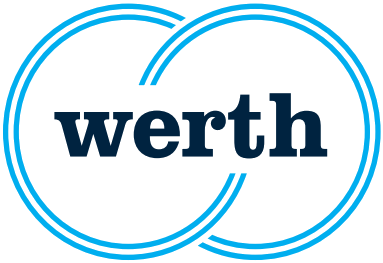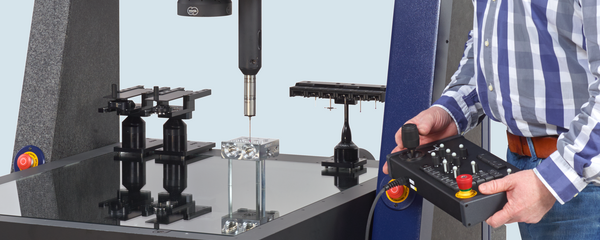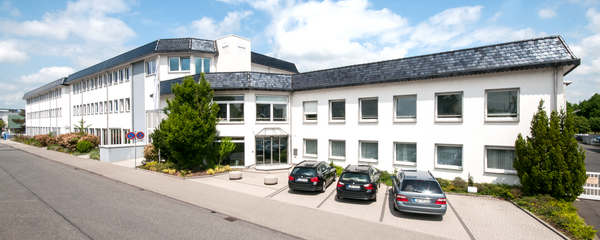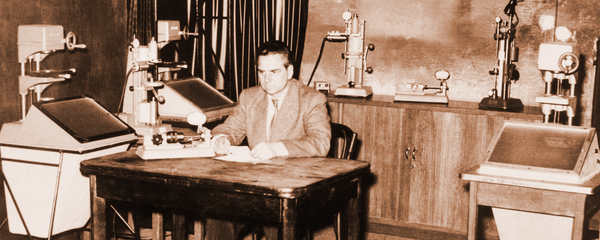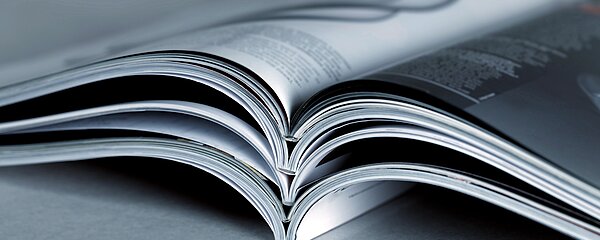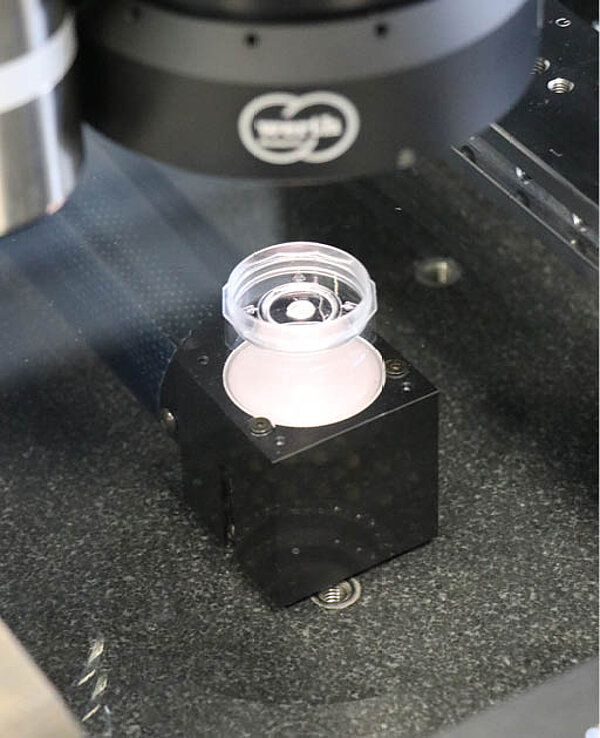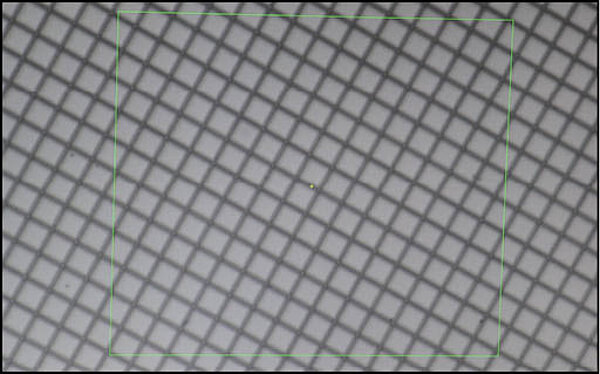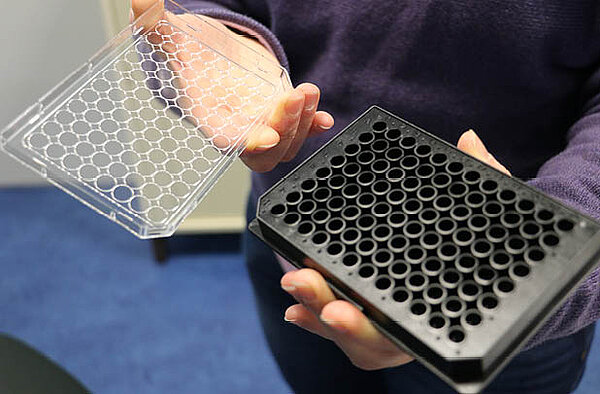TPK-Kunststofftechnik in Nörten-Hardenberg near Goettingen specializes in the production of sophisticated plastic articles and injection molds. Founded in 1997 and managed by Werner Ternka and his sons Heiko and Mario, the family-owned company employs around 30 people and covers the entire process chain: from consulting, design, toolmaking, and prototype production to series injection molding and assembly.
The demands on the quality of injection molded parts have increased in recent years, emphasizes Mario Ternka, responsible for product development, design, and mold making at TPK-Kunststofftechnik: “The drawing data we receive from our customers today contains many dimensions and tolerances that cannot be measured with conventional hand-held measuring equipment and simpler measuring devices, for example form and position tolerances, i.e. squareness, parallelism, and flatness, as well as free-form tolerances. In order to measure these criteria correctly, we need suitable hardware on the one hand, but also a great deal of know-how that translates the measured values into the language of mold making. Therefore, we can't leave the measuring to a metrology service provider."
TPK meets increased quality requirements with state-of-the-art metrology
So TPK decided to invest in appropriate measuring equipment. On the basis of a 60-point specification sheet, a team of specialists evaluated the offers of well-known measuring equipment manufacturers - and decided to purchase a ScopeCheck FB 3D multi-sensor coordinate measuring machine from Werth Messtechnik.
Its design with a fixed bridge on a granite base and the robust, mechanical precision guides ensures very high accuracy, even when used close to production. The equipment includes an image processing sensor with Werth Zoom and supplementary multi-ring illumination unit for fast and reliable edge detection, as well as the SP25 scanning probe. In addition, Raster Scanning is used to generate high-resolution overall images from individual images captured while the sensor is in motion. With these, measurements can then be conveniently performed. For fast optical surface measurement, TPK also invested in the CFP distance sensor, which uses the chromatic aberration of special lenses for extremely accurate and largely surface-independent measurements.
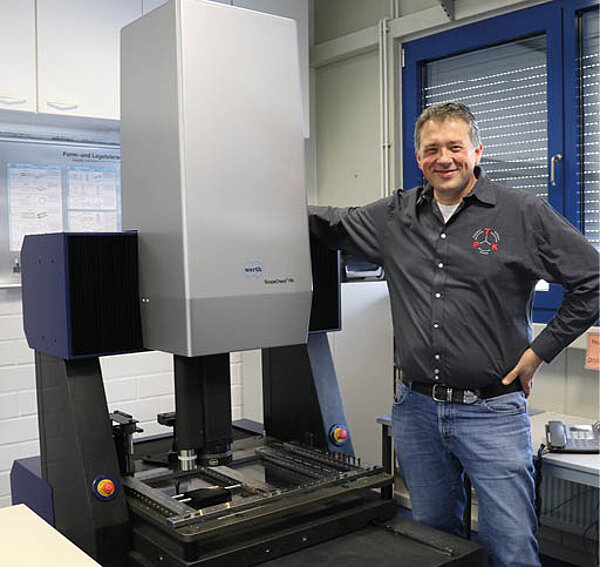
Mario Ternka is enthusiastic about the Werth ScopeCheck® FB: “In particular, we would not have thought the accuracy and speed of the optical sensors possible before.”
“At the top of our requirements list was the combination of optical and tactile measurement capabilities,” explains Ternka. “And the optical distance sensor had to provide reliable measurement results for high-gloss, transparent, black or white parts.”
He and his colleagues are particularly enthusiastic about the optical sensor technology of the ScopeCheck FB: “We would not have thought the accuracy and speed possible before. That was the final deciding factor in favor of the ScopeCheck. The device can also be programmed quickly and easily - after only a short training period. Measurement and evaluation then run fully automatically.”
ScopeCheck as an important element in the process chain at TPK
Injection molding is a primary forming process in which quality criteria such as shape and position tolerances etc. are much more difficult to maintain than in machining. It requires great manufacturing know-how and a process chain such as the one TPK has developed and continuously optimized in recent years.
At the beginning of this process chain is the 3D CAD model. With this, the designers create an initial virtual mold and an injection molding simulation. On the one hand, the analysis results are used to optimize the article, and on the other, they are used to improve the molding tool. In this way, the plastics engineers try to counteract the difficulties of injection molding - above all the distortions caused by longitudinal and transverse shrinkage.
“As early as the design stage of the injection mold, we have to take into account the flow paths of the plastic, provide for temperature control and cooling channels, and plan the demolding and removal of the part,” explains Ternka. The repeated simulation provides information about the appropriate hot runner system, the optimum injection point, the position of the cooling channels, allowances, crowning, and much more. Only when the injection molding specialists are sure that the mold design fits on the whole do they manufacture the steel mold. At TPK, this is done primarily on modern machine tools, for example by 5-axis milling and eroding.
In simple cases, the dimensional accuracy of complex forming tools is measured directly on the machine tool. Difficult measurements such as that of the position of a contour to the outer edges as well as the position of recesses to a pocket or of turned cores, can be carried out by the toolmakers with the Werth ScopeCheck FB and the combination of optical and tactile sensor technology.
Once the mold is ready, it is sampled on one of the 15 injection molding machines with clamping forces of up to 2,200 kN and further optimized in the mold shop until injection molding and demolding are stable. The TPK designer then creates a measuring program on an injected sample part on the ScopeCheck, which records all the decisive criteria. Based on the results, further changes to the mold are decided. Says Ternka, “At this stage, we are usually talking about corrections in the range of a few tenths to hundredths of a millimeter, which are necessary to maintain very tightly set tolerances. Without the precision of our multi-sensor machine, we would not be able to record such values, or only at great expense.”
